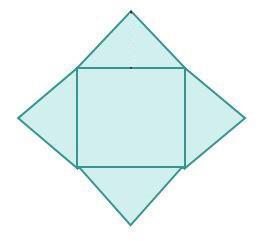
Mathematics, 05.05.2020 12:48 Lindseycline123
In baseball, a player pitches a ball from the mound to a catcher behind the plate. A pitch that passes over the plate above the batter’s knees and below his chest is a strike. All other pitches are “balls,” provided the batter does not swing at them or hit them foul.
The table below breaks a sample number of pitches into strikes and balls over the plate and not over the plate.
Over plate (Event C)
Not over plate (Event D)
Strike (Event A) 10 0
Ball (Event B) 5 20
Which conditional probability below is either inaccurately described or inaccurately calculated?
The probability that a pitch not over the plate is a ball is 1. So, P(B | D) = 1.
The probability that a pitch over the plate is a strike is 10:15. So, ...
The probability that a pitch over the plate is a ball is 5:10. So, P(B | C) = 0.5.
The probability that a pitch not over the plate is a strike is zero. So, P(A | D) = 0.

Answers: 3


Another question on Mathematics

Mathematics, 21.06.2019 14:30
Is fgh ~ jkl? if so, identify the similarity postulate or theorem that applies.
Answers: 1

Mathematics, 21.06.2019 17:30
Asphere has a diameter of 10 in. what is the volume of the sphere?
Answers: 1

Mathematics, 21.06.2019 19:00
The figures below are made out of circles, semicircles, quarter circles, and a square. find the area and the perimeter of each figure and give your answers as a completely simplified exact value in terms of π (no approximations).
Answers: 1

Mathematics, 21.06.2019 21:00
Yahir designs bracelets. he uses between 9 and 15 red and yellow beads in the ratio of 2 red bead to 5 yellow beads. drag the beads into the container to meet these requirements
Answers: 2
You know the right answer?
In baseball, a player pitches a ball from the mound to a catcher behind the plate. A pitch that pass...
Questions

Mathematics, 15.12.2019 18:31

Mathematics, 15.12.2019 18:31


Chemistry, 15.12.2019 18:31



Mathematics, 15.12.2019 18:31

English, 15.12.2019 18:31

Mathematics, 15.12.2019 18:31

Mathematics, 15.12.2019 18:31




Mathematics, 15.12.2019 18:31





Biology, 15.12.2019 18:31




